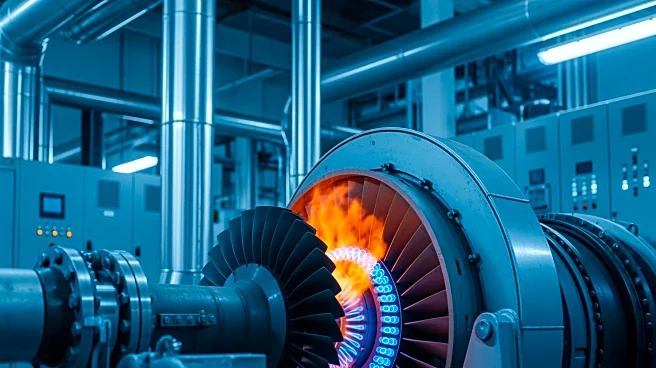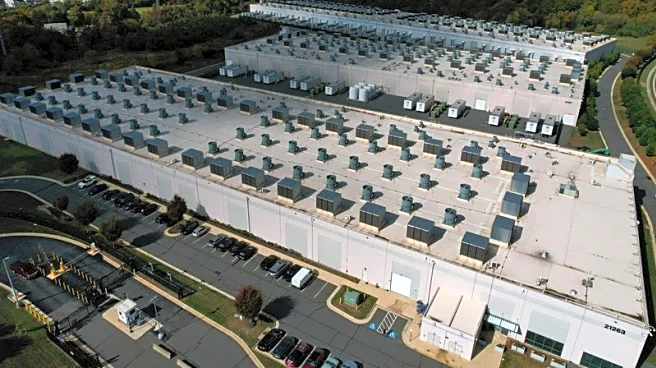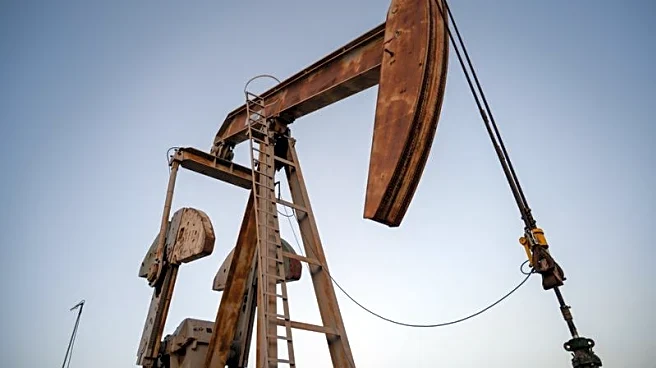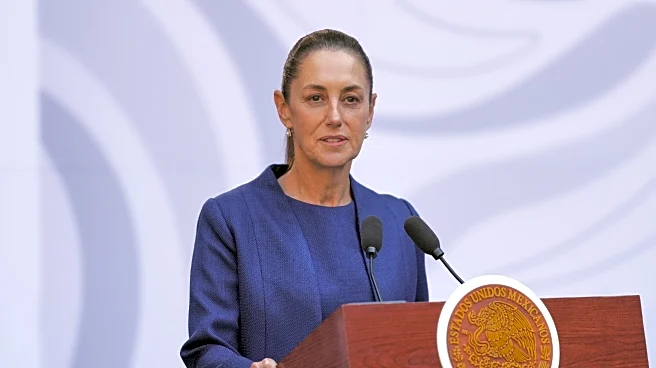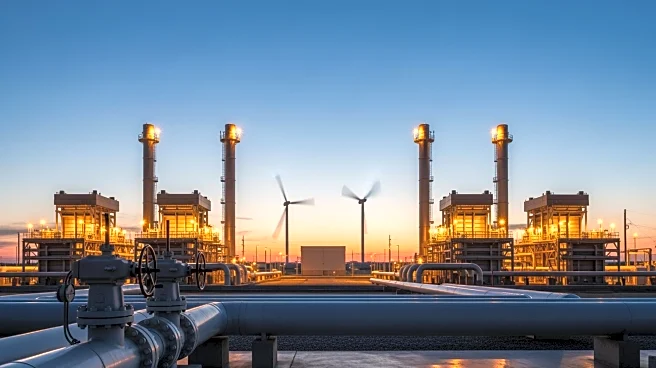What's Happening?
U.S. natural gas futures increased by approximately 4% due to near-record flows to liquefied natural gas export plants and forecasts for colder-than-normal weather in December. The rise in futures is driven
by higher demand expectations as temperatures drop. The average gas output in the Lower 48 states has reached record levels, allowing for increased stockpiling. The U.S. has become the world's largest LNG producer, surpassing Australia and Qatar, as global demand for exports grows.
Why It's Important?
The increase in natural gas futures reflects the broader dynamics of the energy market, influenced by weather patterns and global demand for LNG. As the U.S. solidifies its position as a leading LNG producer, the industry faces opportunities and challenges related to export capacity and infrastructure. The cold weather forecast could lead to higher energy consumption, impacting prices and supply chains. Understanding these trends is crucial for stakeholders in the energy sector, as they navigate market fluctuations and plan for future demand.
What's Next?
With colder weather expected, energy companies may need to adjust their strategies to meet increased demand and manage supply chains effectively. The ongoing development of LNG export facilities, such as the Golden Pass plant in Texas, will play a key role in expanding U.S. export capacity. Stakeholders will continue to monitor weather forecasts and market trends to anticipate changes in demand and pricing. The global energy landscape remains dynamic, with geopolitical factors and climate policies influencing future developments.


